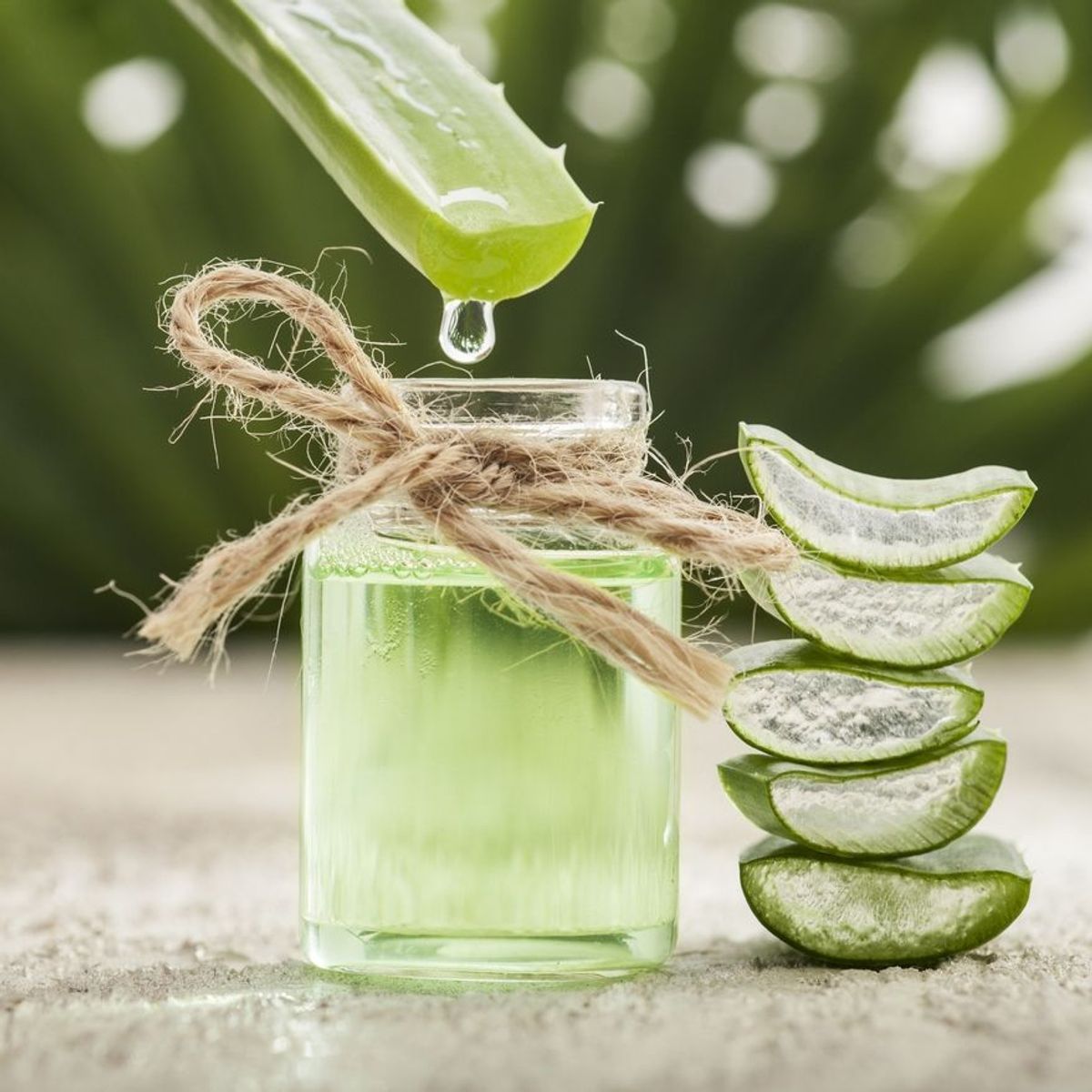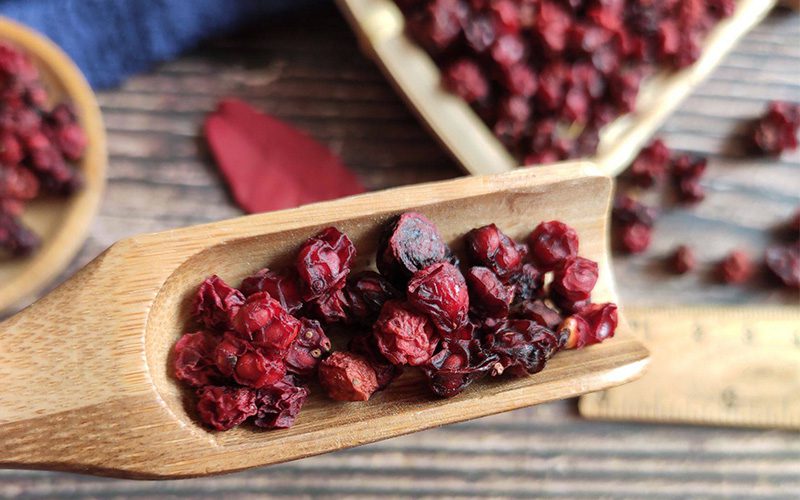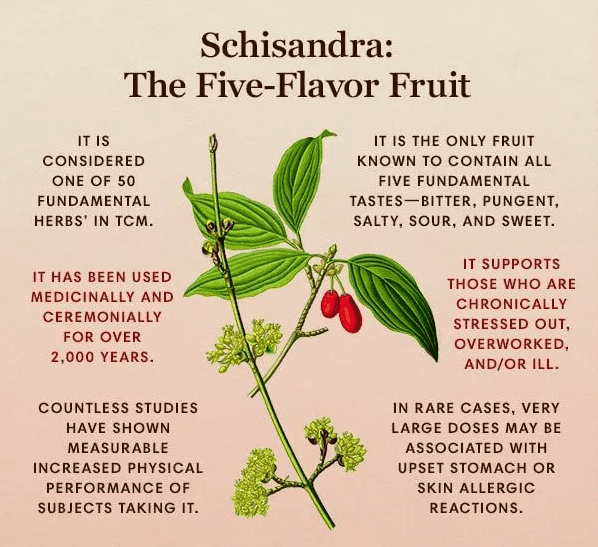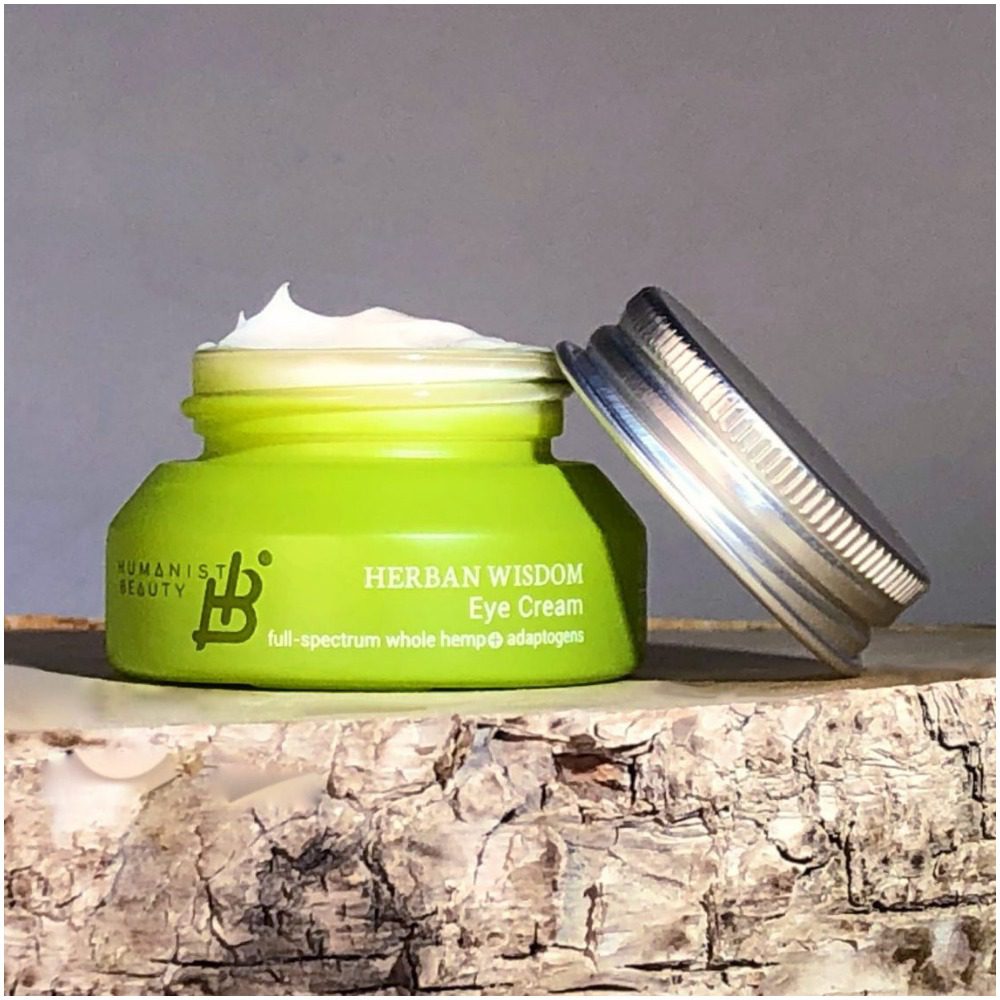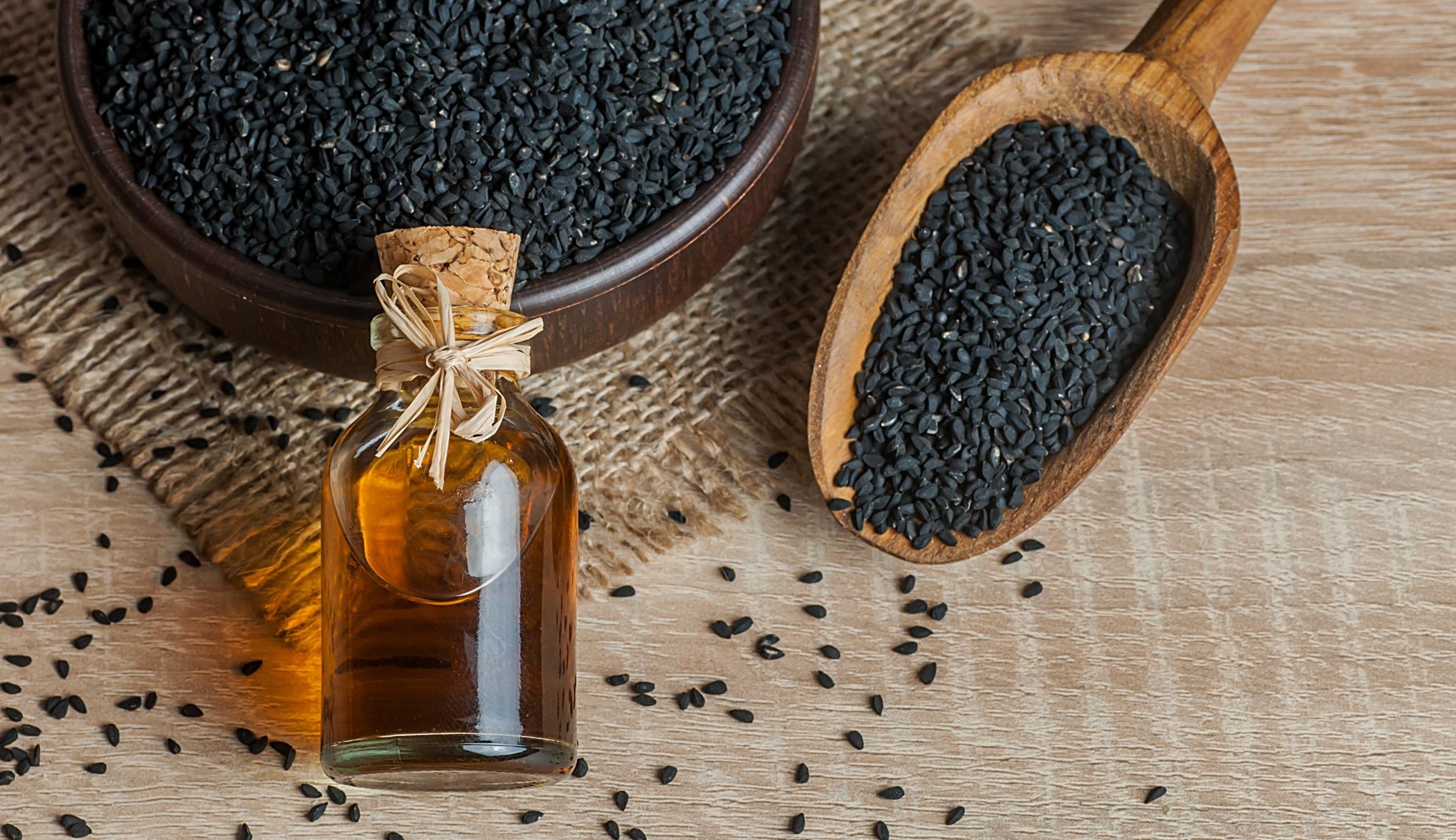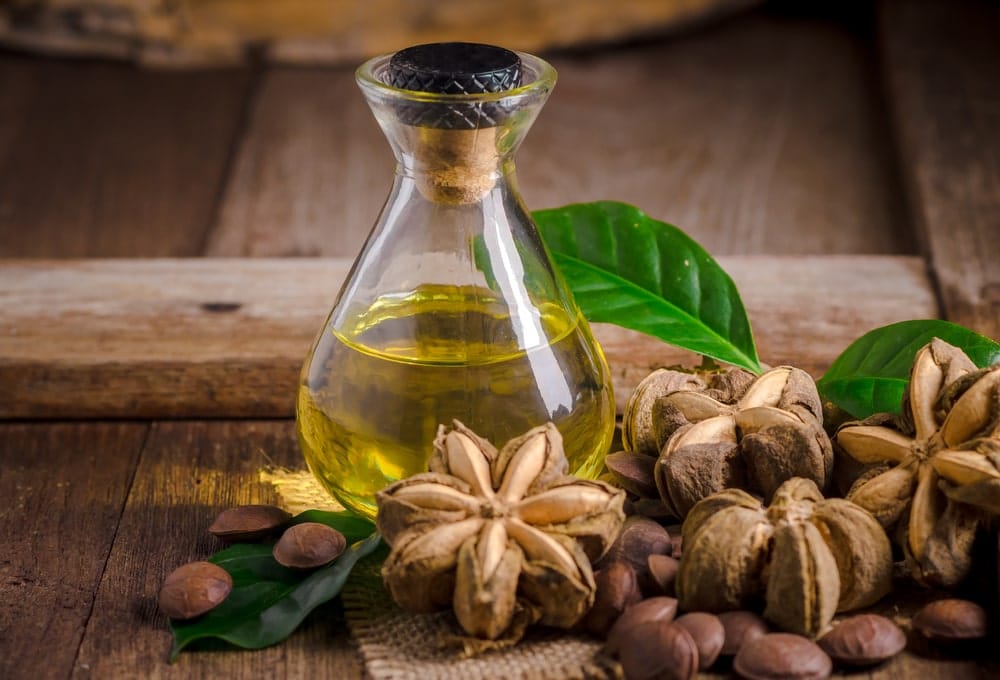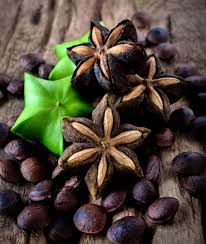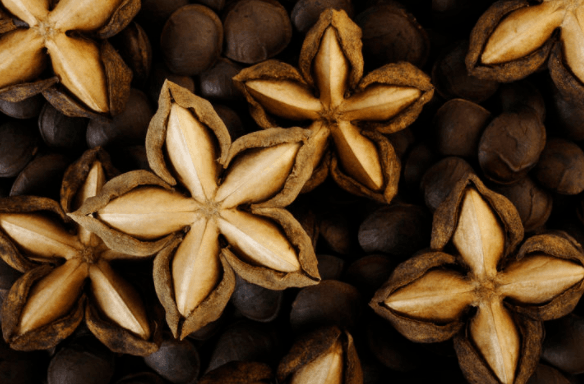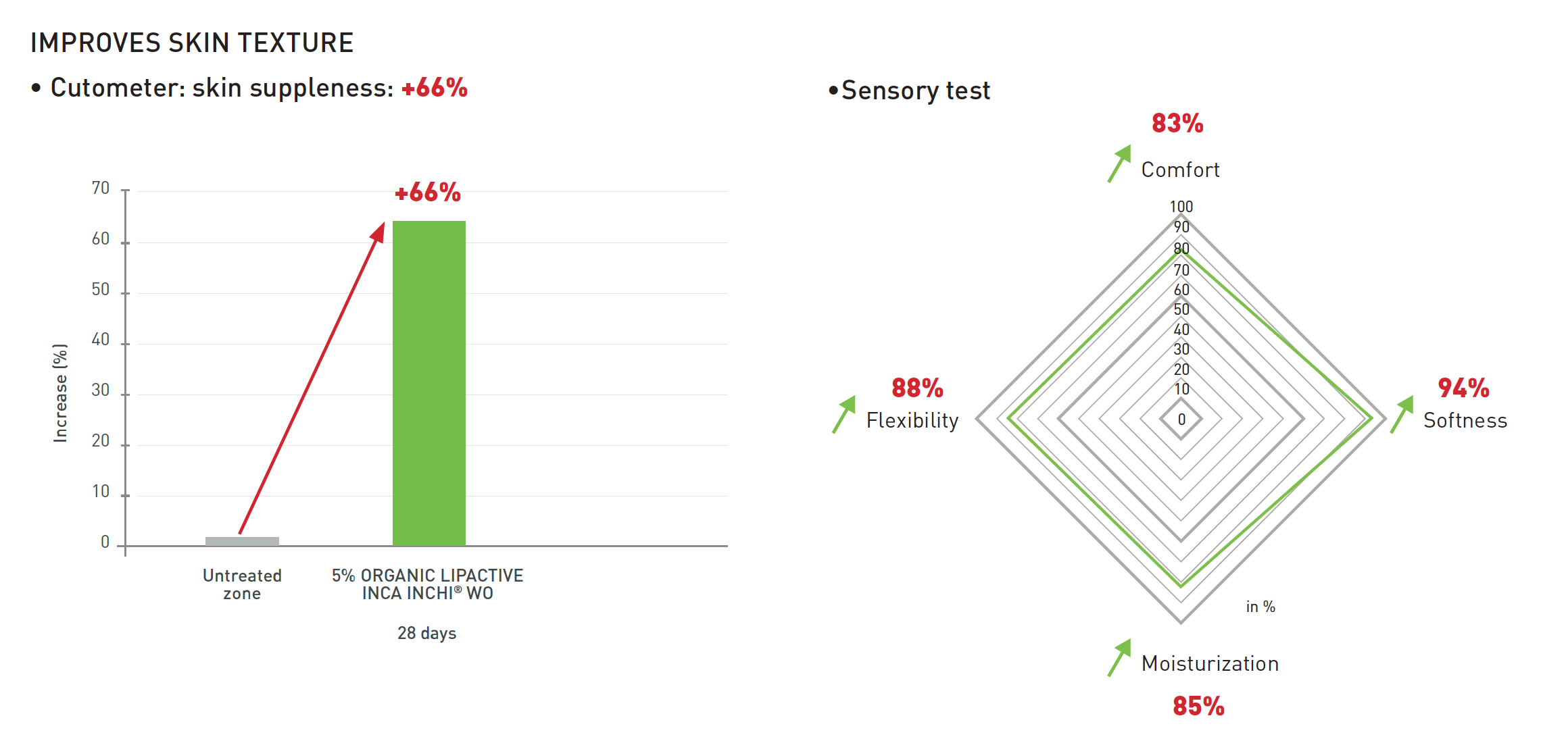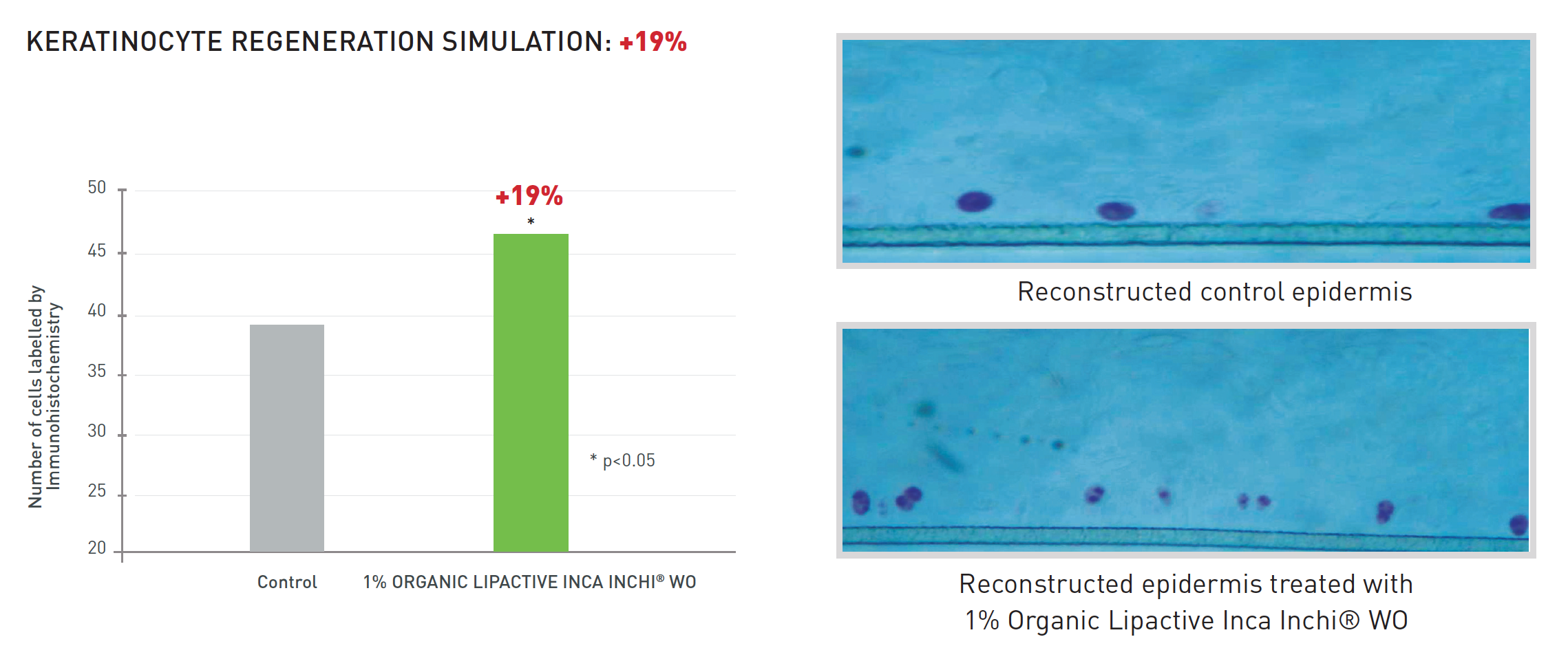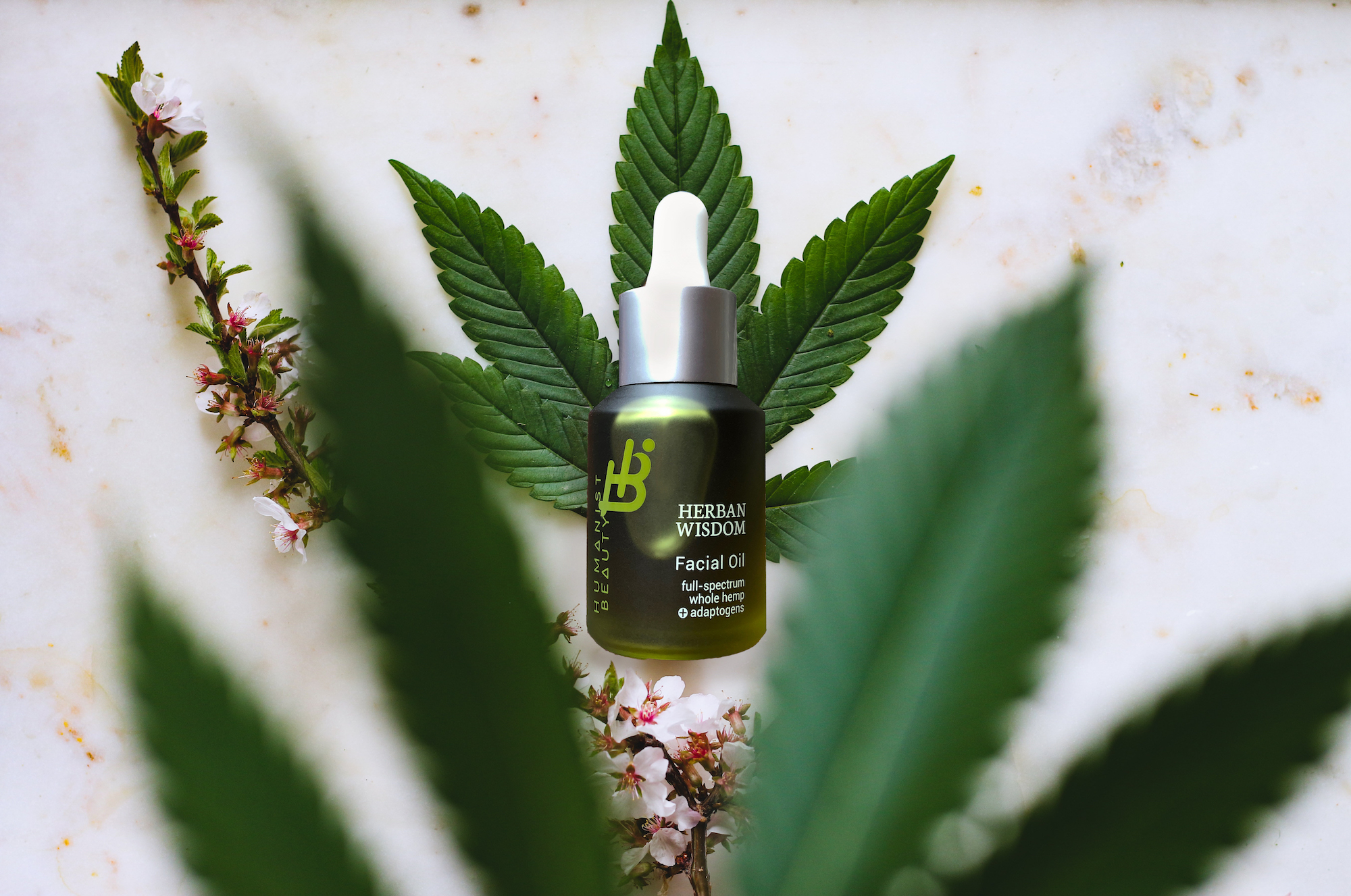Aloe in Skincare
There’s a reason why Aloe has become a medicine cabinet staple – it’s been used by different civilizations for centuries for a range of medicinal and skincare purposes. A cactus plant that naturally grows in arid climates, the succulent-like leaves of the Aloe plant house a clear gel that’s home to more than 75 different active compounds, including vitamins, minerals, sugars, enzymes, salicylic acids, and amino acids. In this blog, we’ll explore Aloe’s ancient uses, its nutrient content and skincare benefits, along with the importance of using clean, safe Aloe.
What is Aloe?
The botanical name of Aloe is Aloe barbadensis miller. It belongs to the Asphodelaceae (Liliaceae) family and is a shrubby or arborescent, perennial, xerophytic, succulent, pea-green colored plant.
Aloe grows mainly in the dry regions of Africa, Asia, Europe, and America. However, Aloe is also cultivated in the southern border areas of Texas, New Mexico, Arizona, and California.
The Aloe plant has triangular, fleshy leaves with serrated edges, yellow tubular flowers, and fruits that contain numerous seeds. Each leaf is composed of three layers:
- Outer Layer: Called the rind, this is the sturdy, thorny surface of the plant that serves as a protective barrier and is not consumed.
- Middle Layer: This layer of the Aloe leaf is found underneath the rind and houses the bitter-tasting yellow sap known as Aloe latex or aloin. This sticky substance contains anthraquinones, which are compounds that have a laxative effect.
- Inner Layer: This is where you’ll find the clear, fleshy, and flavorless Aloe gel. Although it’s 99% water, it’s brimming with bioactive compounds.
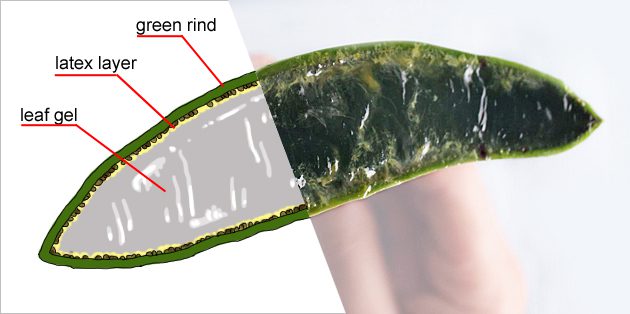
Source: Baden-Württemberg
Aloe’s Nutrient Content
Aloe consists of 75 potentially active constituents: vitamins, enzymes, minerals, sugars, lignin, saponins, salicylic acids, and amino acids. Here’s a brief breakdown of Aloe’s nutrient content:
-
- Vitamins: It contains Vitamin A, B12,C, E, choline, and folic acid. Vitamin A, C and E are antioxidants, which neutralize free radicals.
- Enzymes: It contains a multitude of enzymes, such as alkaline phosphatase, amylase, bradykinase, carboxypeptidase, catalase, cellulase, lipase, and peroxidase. Bradykinase helps to reduce excessive inflammation when applied to the skin topically, while others help in the breakdown of sugars and fats.
- Minerals: It provides calcium, chromium, copper, selenium, magnesium, manganese, potassium, sodium, and zinc. They are essential for the proper functioning of various enzyme systems in different metabolic pathways.
- Anthraquinones/Anthrones: It provides aloetic-acid, anthranol, aloin, isobarbaloin, emodin, and ester of cinnamic acid. Aloin and emodin acts as analgesics, antibacterials, and antivirals.
- Saccharides: It contains mannose, glucose, L-rhamnose, and aldopentose.
- Fatty acids: It provides four plant steroids; cholesterol, campesterol, β-sisosterol, and lupeol. All these have anti-inflammatory action and lupeol also possesses antiseptic and analgesic properties.
- Hormones: It provides uxins and gibberellins that may have anti-inflammatory actions.
- Others: It provides 20 of the 22 human required amino acids and seven of the eight essential amino acids. It also contains salicylic acid that possesses anti-inflammatory and antibacterial properties. Lignin, an inert substance, when included in topical preparations, enhances the penetrative effect of the other ingredients into the skin. Saponins that are the soapy substances form about 3% of the gel and have cleansing and antiseptic properties.
Aloe in Ancient Times
The use of Aloe has a history of over 5000 years. In fact, the Bible speaks of Aloe in more than a dozen passages, referring to it as the “bitter herb.”1 Proverbs 7:17, for example, says, “I have sprinkled my bed with myrrh, aloes, and cinnamon.”
The ancient Chinese and Egyptians used Aloe to treat burns and wounds, and to reduce fevers, while American Indians, who called Aloe “The Wand of Heaven”, believed that anyone touched by the inner sap, which is what we call the gel, would be cured of their skin disorders.2
The earliest record of Aloe in skincare comes from the Ebers Papyrus, which is an Egyptian medical record, from the 16th century BC. According to the Indian Journal of Dermatology, in ancient Egypt, they called Aloe “The Plant of Immortality.” with many claims of Nefertiti and Cleopatra using Aloe in their beauty treatments.3 4
In the Greco-Roman era, Aristotle, among others, used Aloe to heal wounds, boils, eye conditions, care for the skin, and prevent hair loss.5 6 The Jíbaro Indians called Aloe “The Doctor of the Sky” and “Fountain of Youth” and was considered one of their sacred plants.7 8
The benefits of Aloe were discovered again at the end of World War II after verifying that it helped cure the burns of people injured in the nuclear explosions of Hiroshima and Nagasaki. In 1968, the stabilization of the gel was made possible, which allowed it to be transported worldwide, but modern medicine and the use of synthetic drugs managed to eclipse it for a few decades.9
Today, Aloe is scientifically recognized and has re-emerged within the world of natural medicine. Currently, its main use is in cosmetics and skincare for its array of benefits.
The Benefits of Aloe
When you spot a bottle of Aloe gel, chances are you recall being slathered with it after too much time in the sun. However, Aloe’s benefits for skin span much wider than treating sunburn, especially considering that Aloe is scientifically proven to penetrate the skin up to seven layers deep.
Here are some of the ways Aloe can benefit your skin, according to dermatologists and studies:
It Can Soothe Sunburns
Aloe’s most well-known usage is soothing sunburned skin. Because of its naturally moisturizing, and subsequently healing properties, research has shown that Aloe may help heal first- and second-degree burns on the skin.10 The plant is also incredibly hydrating, which could help combat the skin peeling that usually takes effect post-sunburn.
Aloe is chock-full of antioxidants, and one antioxidant protein in particular, called Metallothionein, has been found to have a protective effect on skin that’s been exposed to and damaged by UV rays.11 12
It Can Help Fade Dark Spots
Dark spots on the skin, also known as hyperpigmentation, can leave their mark for a variety of reasons; whether from sun exposure, acne, or just the normal aging process. However, a compound called aloesin, found in the Aloe plant, may help reduce the appearance of hyperpigmentation.
According to one study, when applied four times per day for 15 days, aloesin was found to be effective in treating UV-induced and post-acne hyperpigmentation.13 Another study concluded that the topical application of aloesin can directly inhibit hyperpigmented skin from producing more melanin.14
It Can Moisturize Skin
“The leaf of the Aloe plant is rich in water, particularly in the innermost layer, so it helps to hydrate the skin and lock in moisture,” explains board-certified dermatologist Marisa Garshick, M.D. “The sugars Aloe contains, known as mucopolysaccharides, also help to retain moisture in the skin.”
When applied topically, Aloe has been shown to increase the water content of the outermost layer of skin, which is called the stratum corneum, making it an ideal ingredient for dry skin types.15
It Can Provide Healthy Aging Benefits for Skin
Sufficient moisture can help stave off the visible signs of aging, such as fine lines and wrinkles. In addition to its ability to help replenish and retain moisture in the skin, Aloe also stimulates the production of hyaluronic acid, collagen, and elastin fibers in the skin — all of which are necessary to keep skin hydrated, firm, and supple. 16 17
It Can Clear Up Acne
“There is data to suggest that Aloe possesses antimicrobial properties and can help acne-prone skin,” says board-certified dermatologist Joshua Zeichner, M.D. “It should not take the place of your traditional acne medications but can be used alongside them.”
In addition to its antimicrobial and anti-inflammatory properties, Aloe is also a natural source of salicylic acids, which can also help with breakouts such as blackheads and whiteheads. One study found that the topical use of Aloe in combination with tretinoin cream was effective in treating inflammatory and noninflammatory acne.18
It Can Soothe Psoriasis and Eczema
Aloe is also able to stimulate new cell growth. It can help heal chronic skin problems such as psoriasis, acne, and eczema as it contains the antioxidants beta-carotene and vitamins C and E, which help firm the skin and keep it hydrated.
Additionally, skin with a broken barrier is also more prone to fungal and bacterial infections. Aloe can be considered an antiseptic acting against fungi, bacteria, and viruses. According to the Mayo Clinic, using Aloe cream on psoriasis may also help reduce the scaling, redness, and irritation caused by the disorder.19
It Can Promote Wound Healing
If you’re used to grabbing Neosporin for a minor cut, consider trying Aloe instead. Its molecular structure helps heal wounds quickly and minimizes scarring by boosting collagen and fighting bacteria.
In one study, it was found that glucomannan, a polysaccharide, and gibberellin, a growth hormone, interact with growth factor receptors on the fibroblast, thereby stimulating its activity and proliferation, which in turn significantly increases collagen synthesis after the use of Aloe topically. Due to this, it accelerated wound contraction and increased the breaking strength of the resulting scar tissue.20
Colorized vs. Decolorized Aloe
It’s important to know the difference between non-decolorized and decolorized Aloe. In fact, California’s Proposition 65, which requires businesses to provide warnings to Californians about significant exposures to chemicals that cause cancer, birth defects or other reproductive harm, lists non-decolorized Aloe.
Non-decolorized Aloe is the whole Aloe leaf including the outer skin, the outer leaf, and the gel. It’s all processed together and not filtered to remove cancer-causing and DNA damaging chemicals, such as aloin, that are naturally found in the Aloe plant. Decolorized Aloe is not listed on the Proposition 65 list considering it has been purified and filtered to remove cancer-causing chemicals.
Several commercial Aloe manufacturers filter the Aloe using the following methods:
- Leaf Processing Method: Aloe leaf juice is obtained by grinding or macerating the entire Aloe leaf followed by purification to remove the phenolic compounds found in the latex. This purification step is usually accomplished via activated carbon filtration in a process known as decolorization.
- Inner Leaf Processing Method: Aloe leaf juice is obtained by stripping away the outer leaf rind, rinsing or washing away the latex, and processing the remaining inner leaf material. Decolorization is also sometimes employed with this method.
A two year National Toxicology Program concluded that oral ingestion of the non-decolorized whole leaf Aloe was linked to gastrointestinal tumors in rats. However, another study in rats showed that decolorized Aloe did not cause harmful effects. This suggests that the toxic components are likely removed by the decolorization process.
You can learn more about non-decolorized and decolorized Aloe here.
Always Use Clean, Safe Aloe
Caution should be taken when using non-decolorized Aloe as there can be potential side effects. The Aloe latex — the yellow juice near the rind — is where most of the danger lies. However, ingredients in the more commonly used gel itself can also be harmful to some people. Always test a small amount to ensure you aren’t allergic to the plant.
Here is a list of potential side effects of using non-decolorized Aloe. When in doubt, always check with your doctor.
- Regular use of the entire leaf — which includes the latex — can deplete potassium in the body. Electrolyte imbalances can lead to muscle weakness and cardiac problems. According to the National Institutes of Health, ingesting one gram of Aloe latex for multiple days can be fatal.
- Products containing the latex will exacerbate intestinal illnesses such as Crohn’s disease and ulcerative colitis.
- People with diabetes should monitor their blood sugar levels when using Aloe.
- Ingesting any form of Aloe is not recommended during pregnancy as it may cause uterine contractions or miscarriage. Aloe should also be avoided during breastfeeding.
- Excessive use of Aloe latex may cause kidney failure and shouldn’t be used by people with kidney problems.
Humanist Beauty Herban Wisdom® Eye Cream 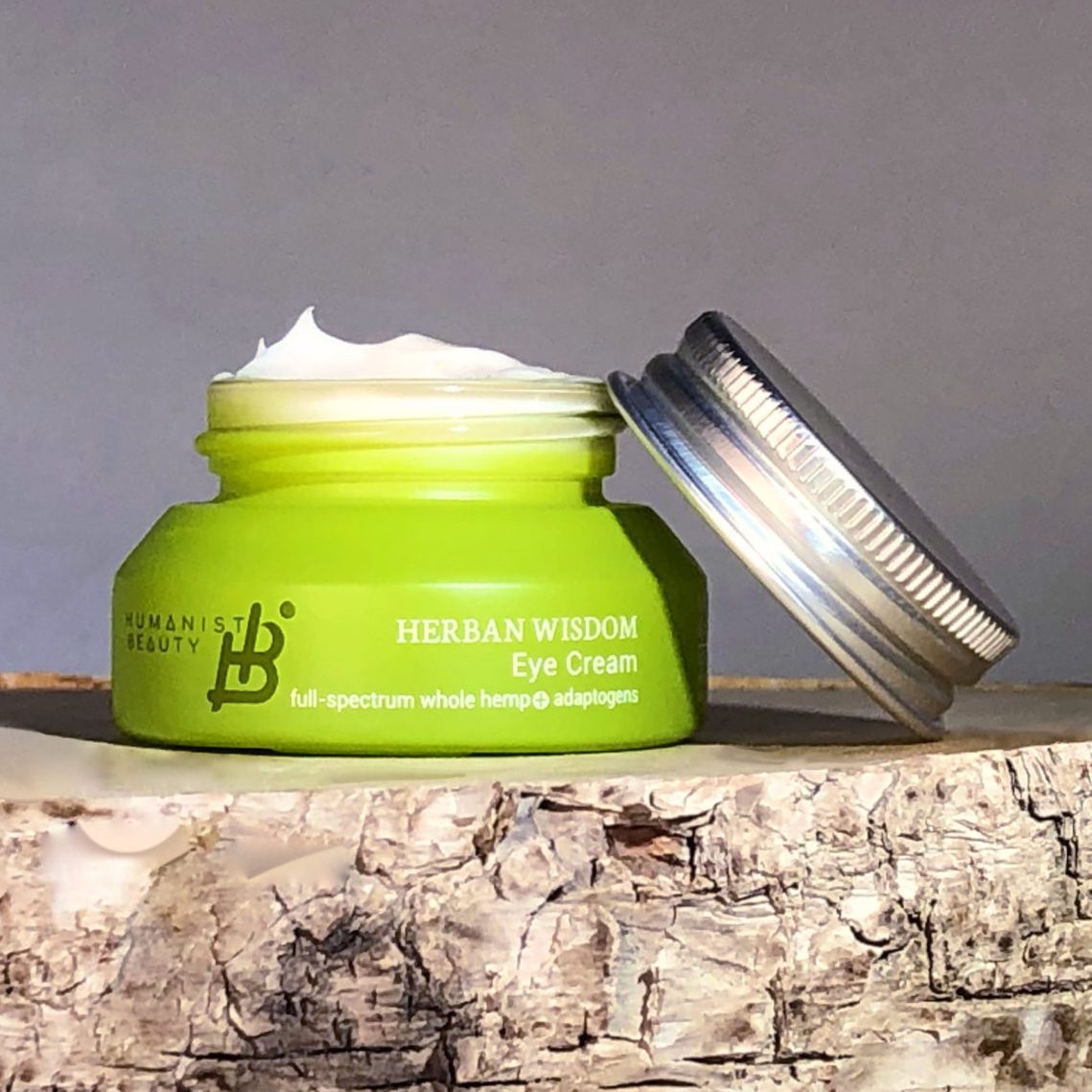
Aloe leaf juice is integrated into the Humanist Beauty Herban Wisdom® Eye Cream for its ability to moisturize and restore suppleness to dry and damaged skin, along with being able to address wound-healing and skin inflammation.
The Aloe contained in Humanist Beauty formulas is decolorized and deemed safe according to California Proposition 65. Additionally, the anthraquinone content of Humanist Beauty’s Aloe is less than 50 ppm and is free of PCB/pesticides, arsenic, heavy metals, and lead in compliance with CIR restrictions.
You can shop the Humanist Beauty Herban Wisdom Eye Cream here.
—
https://invitationtothegarden.wordpress.com/2018/06/27/herbs-and-spices-in-the-bible/ [1]
https://www.herbs-hands-healing.co.uk/books/online-books/in-a-nutshell-aloe-vera-aloe-barbadensis [2]
https://www.ncbi.nlm.nih.gov/pmc/articles/PMC2763764/ [3]
https://www.pinterest.com/pin/447967494181566713/ [4]
https://firstlawcomic.com/is-aloe-vera-gel-a-water-based-product/ [7]
https://nutrivict.com/aloe-vera-history-and-benefits/ [8]
https://www.aloeyoung.com/ [9]
https://www.ncbi.nlm.nih.gov/books/NBK74820/ [10]
https://www.ncbi.nlm.nih.gov/pmc/articles/PMC6017010/ [11]
https://www.ncbi.nlm.nih.gov/pmc/articles/PMC2763764/ [12]
https://www.ncbi.nlm.nih.gov/pmc/articles/PMC5843359/ [13]
https://onlinelibrary.wiley.com/doi/abs/10.1111/j.1468-2494.2008.00432.x [14]
https://pubmed.ncbi.nlm.nih.gov/17026654/ [15]
https://www.ncbi.nlm.nih.gov/ [16]
https://pubmed.ncbi.nlm.nih.gov/12548256/ [17]
https://pubmed.ncbi.nlm.nih.gov/23336746/ [18]
https://www.mayoclinic.org/drugs-supplements-aloe/art-20362267 [19]

